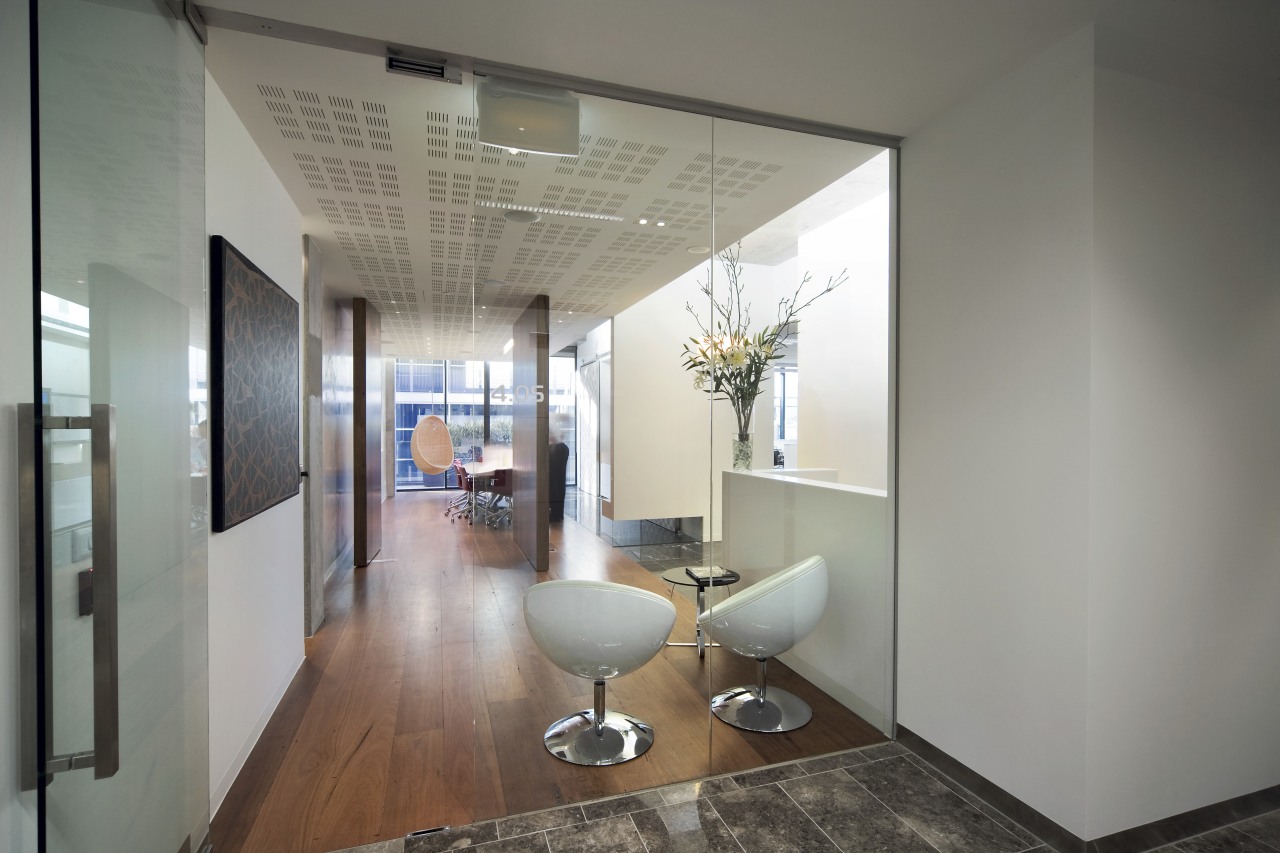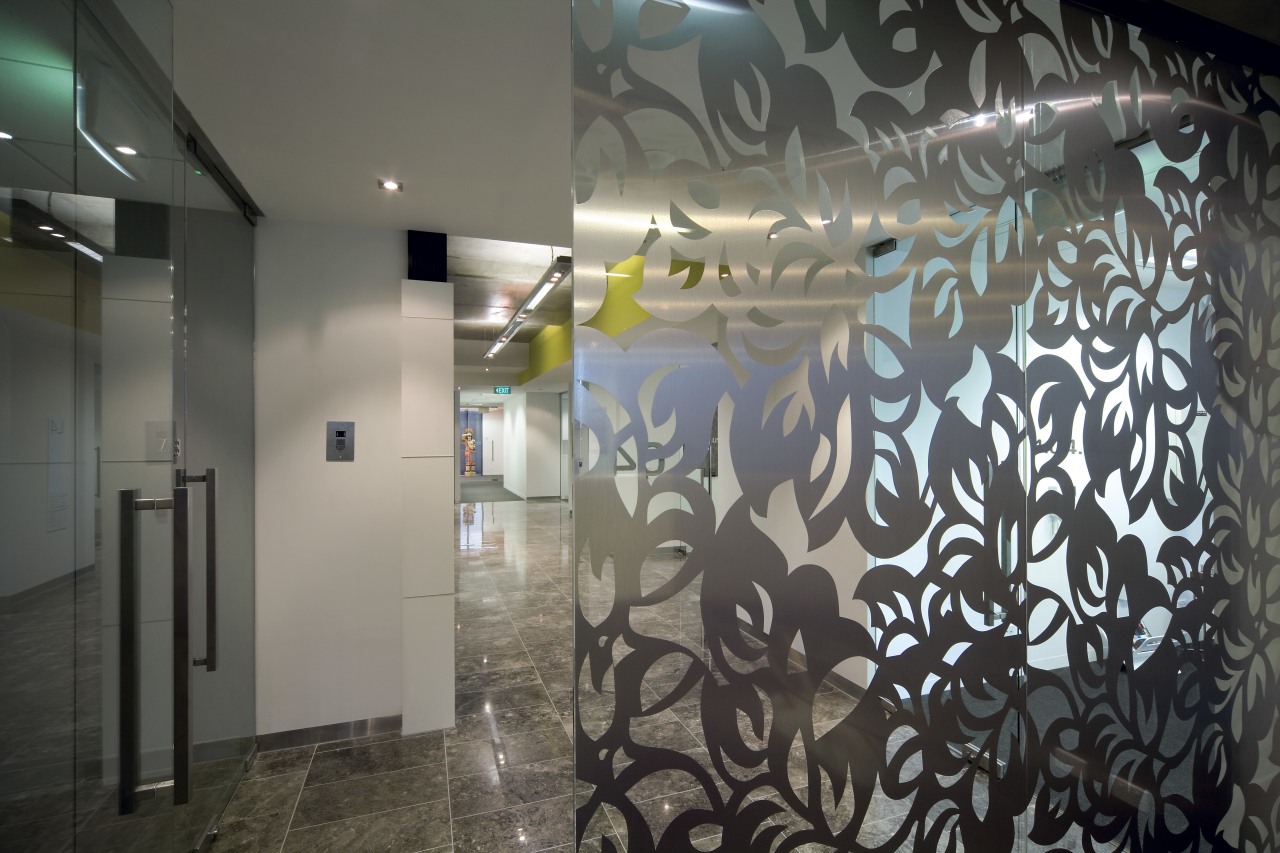FAST FORWARD
A love of speed inspires a dynamic facade and creates a bold presence in a rapidly growing commercial precinct

Throughout the ages, a facade of a building has provided an opportunity to express a cherished idea or quality, and the development at 9-11 Claremont Street is no exception. Prime mover for the project was prestige car dealer Jeff Dutton, who needed a new showroom for his business. The completed building includes three levels of boutique offices plus a penthouse, but all its personality comes from the high-performance cars on the ground floor.
The building is in a location that has developed rapidly in recent times, and its owners wanted it to have a strong presence. Ian Briggs of Plus Architecture looked for a quality that would provide a point of difference.
"I started with the idea of a puzzle box that slides open," says Briggs. "But a major inspiration came from Pininfarina designs for Ferrari in the seventies. I wanted the facade to express that love of speed and fast cars from those more innocent times."

Materials with opposing qualities were used to bring the concept to life. Interlocking bands of raw concrete wrap around the smooth glass building, which seems to pull them apart by forward movement. The facade contrasts the static and the dynamic in the crumpled paper and pinstripe textures of the pre-cast concrete panels, and in the movement of sky and clouds on the highly reflective glass behind.
The idea of movement carries through inside the building, starting with a yellow fibreglass garage door, made by Australian artist Darryl Cowie. Ripples like air moving in a slipstream cover the large golden panels, which extend from the garage to the letterboxes in the lobby, and fold away to open. Cowie also designed the arrow-motif graphics on the glass sliding doors between the lobby and the car showroom.
"Lighting was particularly important in the showroom, to display the exotic and luxury cars to best advantage," says Briggs. "We used long light boxes to provide swathes of even light from above and below, and put in spotlights to pick out selected details."

Several of the office interiors on the floors above were designed by Plus Architecture. Contrasting use of rough and smooth materials can be seen again in the offices of Sestriere Investments. Raw concrete walls sit alongside highly polished wooden floors, and heavy pivoting doors open to a boardroom that features a light wicker egg chair, suspended by a chain from the ceiling. On the boardroom wall, fabric panels slide back to reveal audiovisual equipment.
Story by: Trendsideas
Home kitchen bathroom commercial design
Commercial Design Trends Vol. 24/4
This edition of Commercial Design Trends celebrates knowledge with an array of educational and research facilities that ...
Read More









